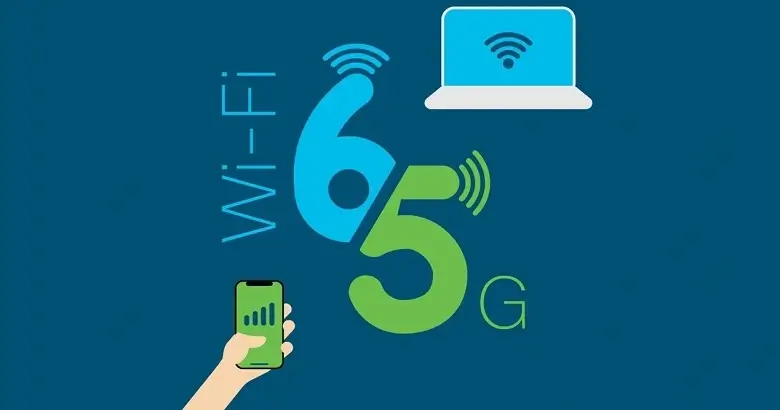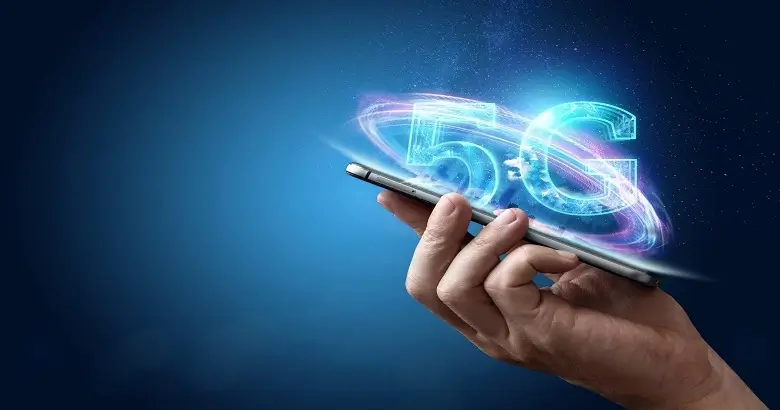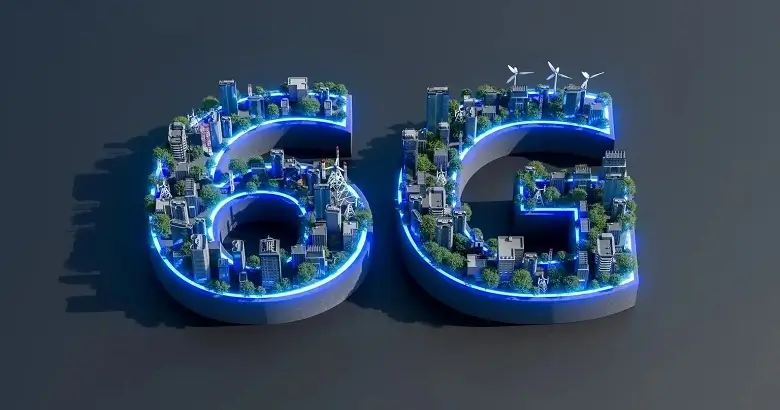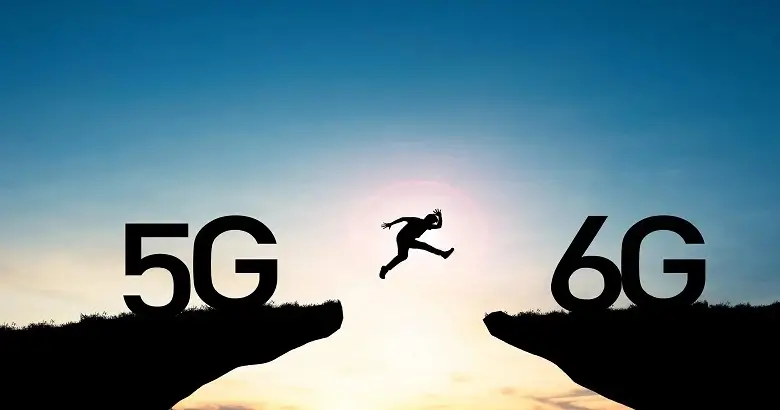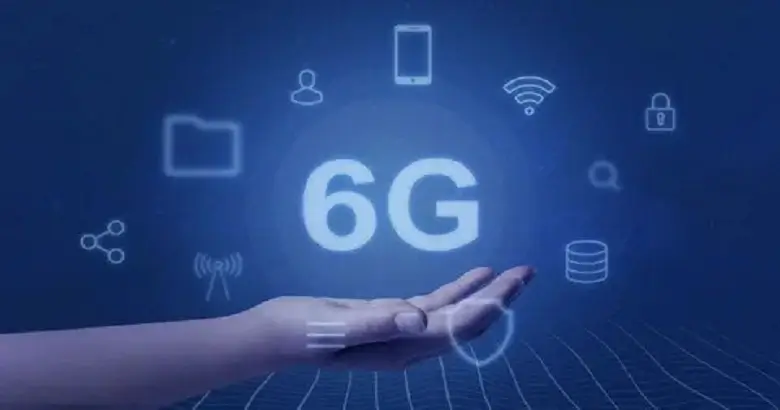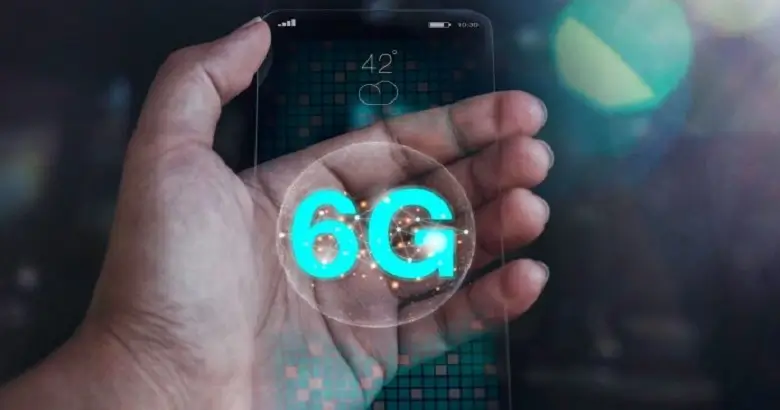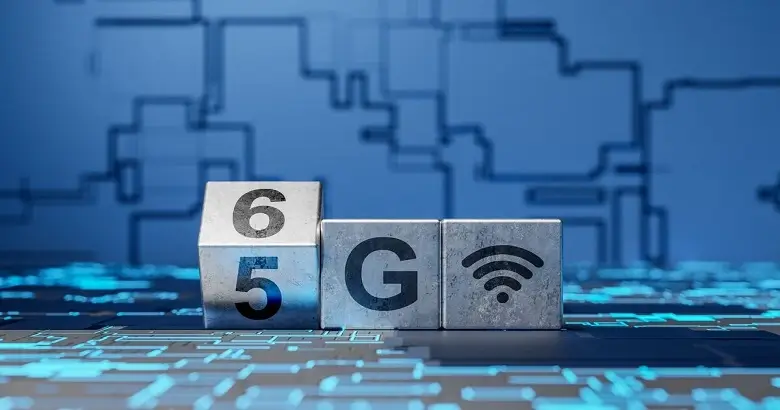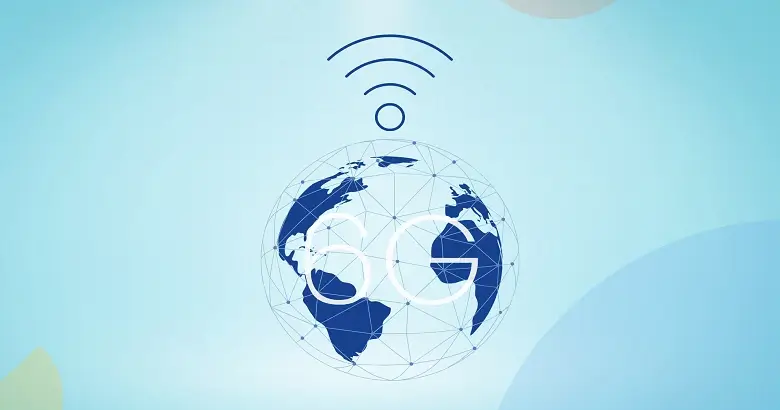At its core, 6G aims to merge the digital and physical worlds in real time, enabling instantaneous communication, intelligent automation, and seamless virtual experiences. It will operate in the terahertz (THz) frequency range, offering massive bandwidth improvements over current technologies.
Beyond simply making everything faster, 6G networks will be designed to be self-optimizing, environmentally sustainable, and deeply integrated with AI systems that understand and predict user needs in real time.
6G vs. 5G Speed: How Much Faster Is 6G?
The most obvious 6G advantage is speed. While 5G offers peak download speeds up to 10 Gbps, early projections suggest 6G could reach speeds of 100 Gbps or more, a tenfold increase. This means entire HD movies could be downloaded in milliseconds, and real-time data transfer could power future applications that don’t yet exist.
This 6G vs. 5G speed jump will not only mean quicker downloads but also unlock new capabilities in remote healthcare, AI processing, industrial automation, and the metaverse.
6G Latency: From Milliseconds to Microseconds
One of the most revolutionary changes will be in latency. While 5G latency hovers around 1 millisecond, 6G latency is expected to be as low as 0.1 milliseconds, nearly real-time.
This ultra-low latency is crucial for mission-critical applications such as remote robotic surgery, tactile internet, and autonomous vehicle networks, where even microseconds can mean the difference between success and failure.
6G Artificial Intelligence Integration
Unlike 5G, which still requires human intervention for many network functions, 6G will feature native artificial intelligence integration at every network layer.
This means the system will automatically manage traffic, detect and resolve network issues, and predict user demand before it happens. The result? A self-healing, self-optimizing, and context-aware network that adapts in real time.
This level of 6G artificial intelligence integration also enables massive automation in industries like logistics, healthcare, agriculture, and transportation.
6G Advantages at a Glance
Here’s a summary of the key 6G advantages over previous generations:
- Blazing fast speeds, 100 Gbps+
- Ultra-low latency, <0.1 ms
- AI-native architecture for intelligent operations
- Advanced edge computing integration
- Seamless VR/AR/XR environments
- Improved energy efficiency
- Massive machine-type communication (mMTC) for smart cities
- Higher network capacity to support billions of connected devices
6G and Virtual Reality VR
With its combination of high speed, ultra-low latency, and intelligent processing, 6G and virtual reality (VR) are a perfect match.
Expect real-time holographic communication, fully immersive digital twins, and interactive metaverse experiences to become as accessible and smooth as streaming HD content today. This will create entirely new modes of interaction in education, entertainment, and enterprise.
6G in Autonomous Vehicles
Today’s self-driving technology is heavily reliant on fast data exchange, and 6G in autonomous vehicles will take this to the next level. The near-zero latency and AI-driven networks will allow vehicles to instantly respond to road conditions, communicate with each other, and predict hazards before they occur.
In essence, 6G will serve as the nervous system of future smart transportation, enabling cars, drones, and infrastructure to operate in perfect sync.
